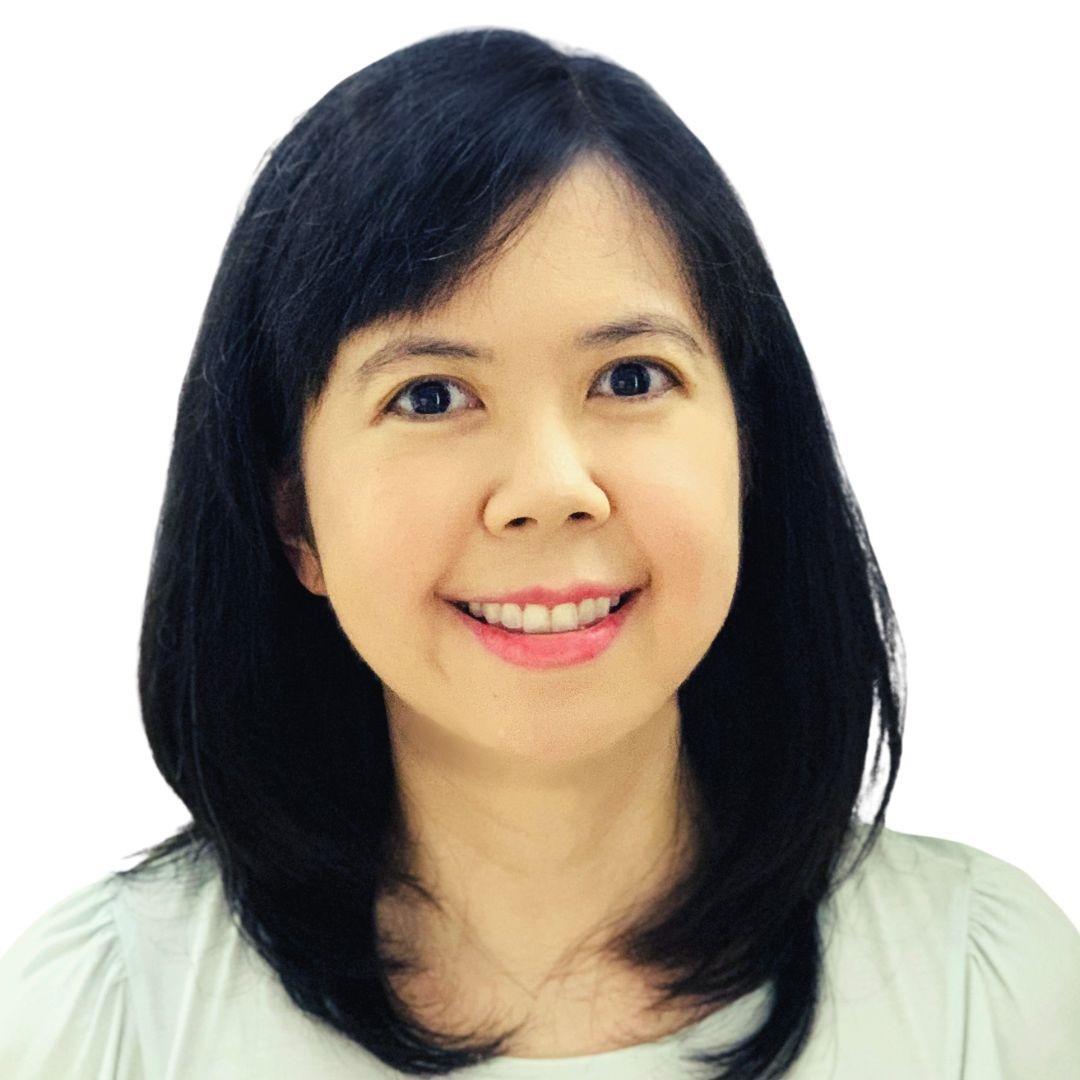
by Michele Kirichanskaya | Oct 6, 2023 | Blog
Sher Lee writes rom-coms and fantasy novels for teens. Fake Dates and Mooncakes is her debut. Like the main character, she has made mooncakes with her favorite aunt and has an abiding love for local street food (including an incredible weakness for Xiao Long Bao). She...
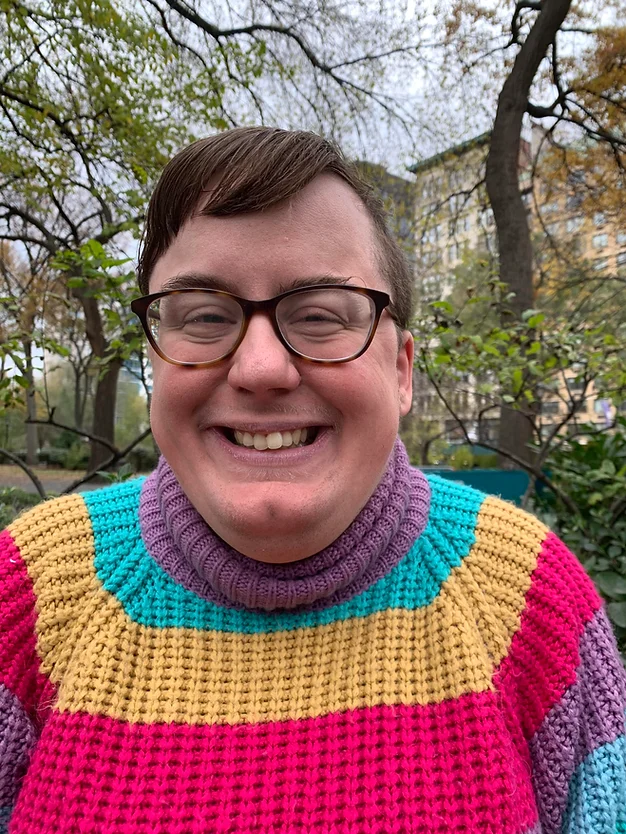
by Michele Kirichanskaya | Sep 22, 2023 | Blog
Melissa See is a disabled author of young adult contemporary romances. When not writing, she can be found reading, baking, or curled up with her cat, most likely watching anime or 90 Day Fiancé. She currently lives in the New York countryside. You, Me, and Our...
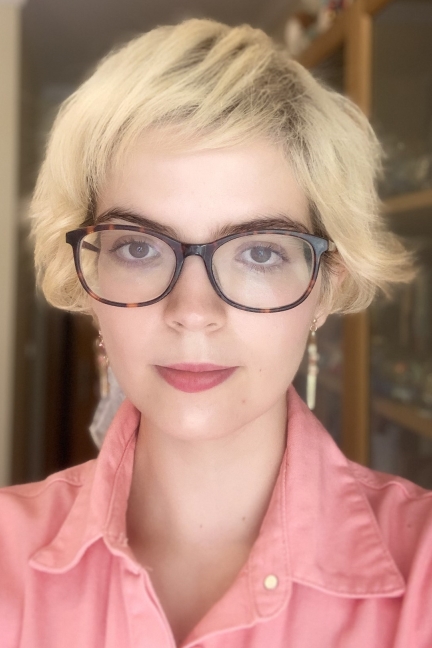
by Michele Kirichanskaya | Sep 10, 2023 | Blog
Mari Costa is a Luso-Brazilian cartoonist with a bachelor’s degree in Character Animation. She’s in love with creating stories and populating them with people who have very messy interpersonal drama. Some of her work includes Life of Melody, The Demon of...
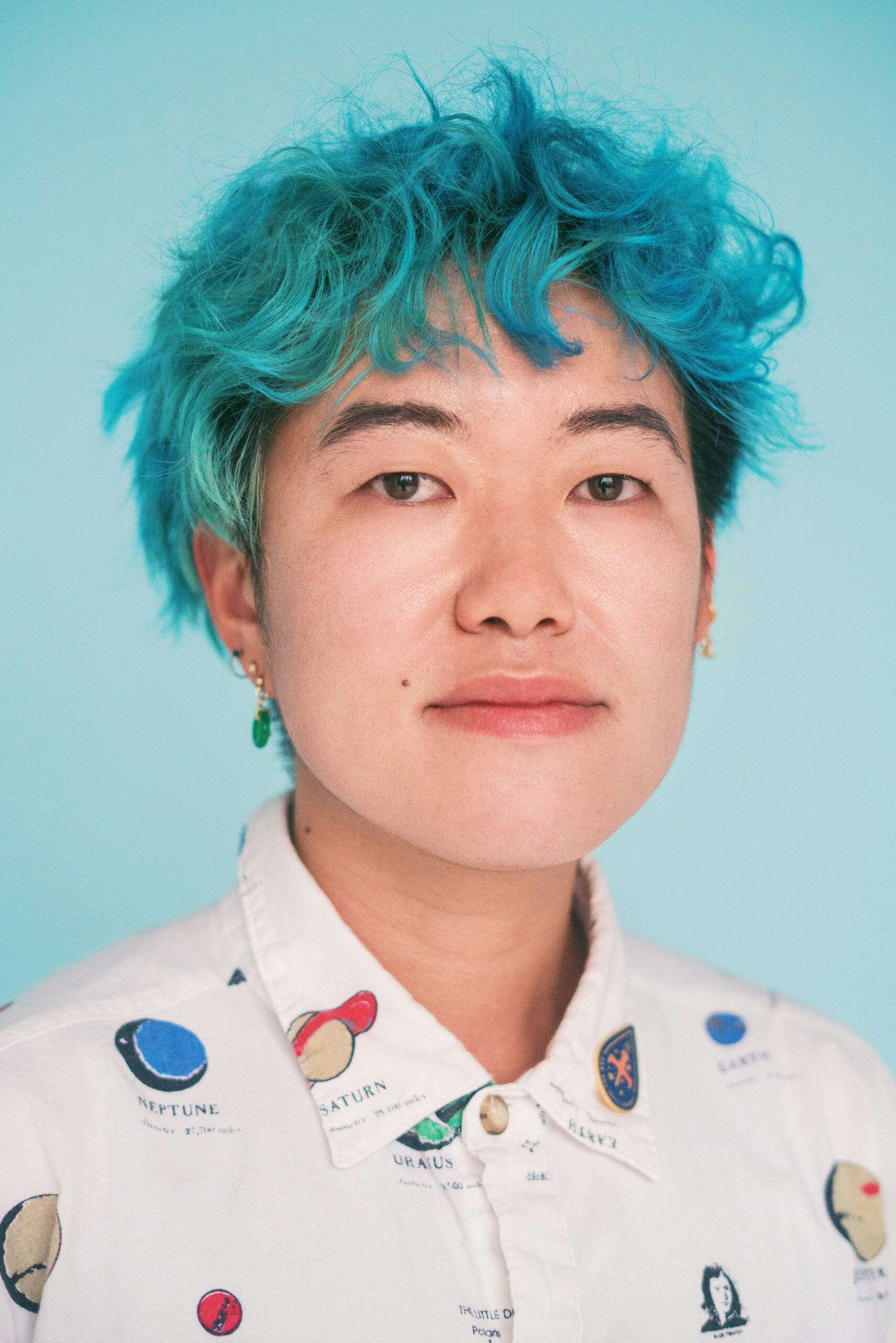
by Michele Kirichanskaya | May 17, 2023 | Blog
Lio Min writes about music, magic, and sadness at the nexus of queer youth culture and metamorphic Asia America. Their culture reporting and fiction have appeared in The FADER, the Asian American Writers’ Workshop, Nylon, and many other outlets. They...
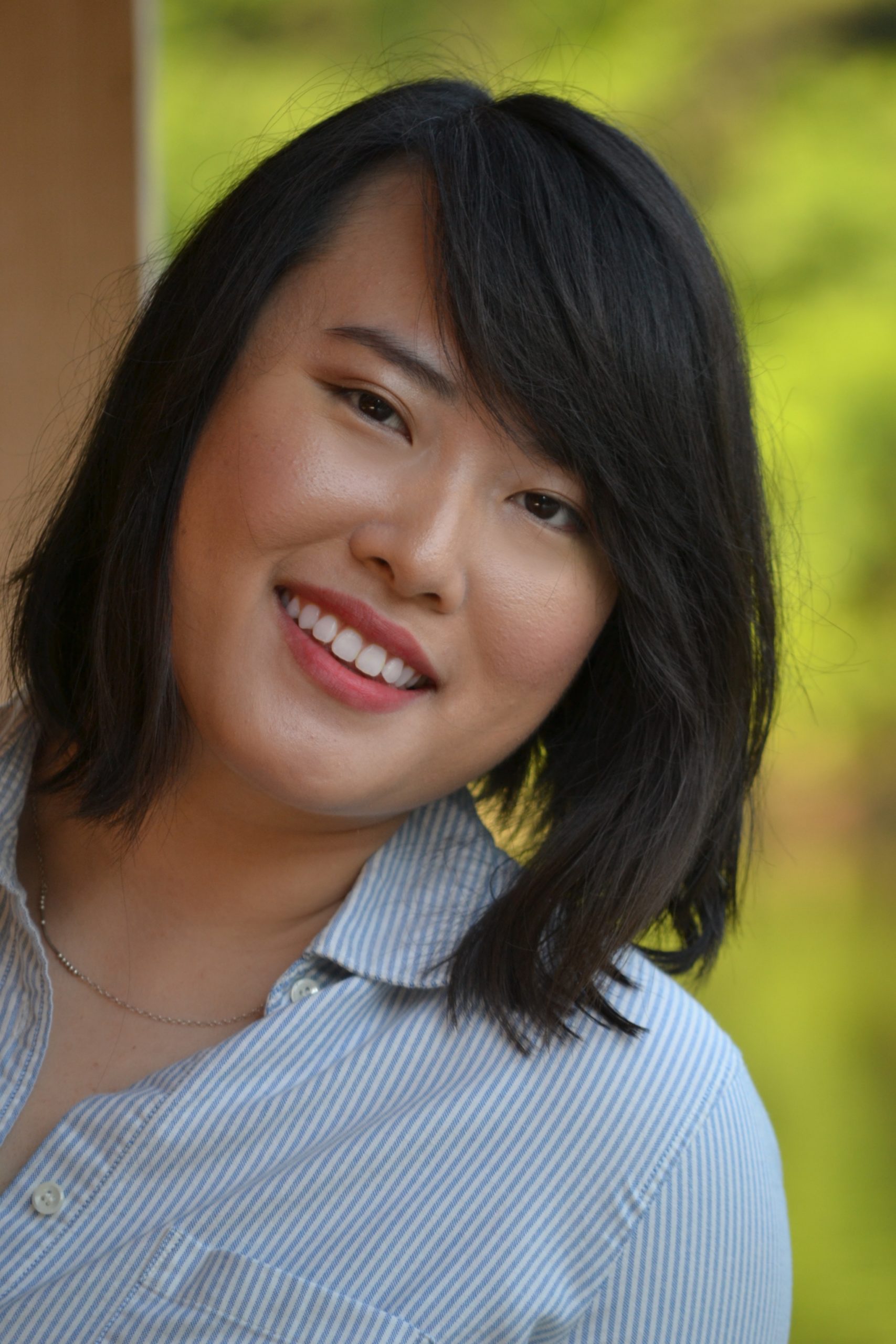
by Michele Kirichanskaya | Mar 4, 2023 | Blog
Sarah Lyu grew up outside of Atlanta, Georgia, and graduated from the University of Pennsylvania. She loves a good hike and can often be found with a paintbrush in one hand and a cup of milky tea in the other. Sarah is the author of The Best Lies and I Will Find You...






